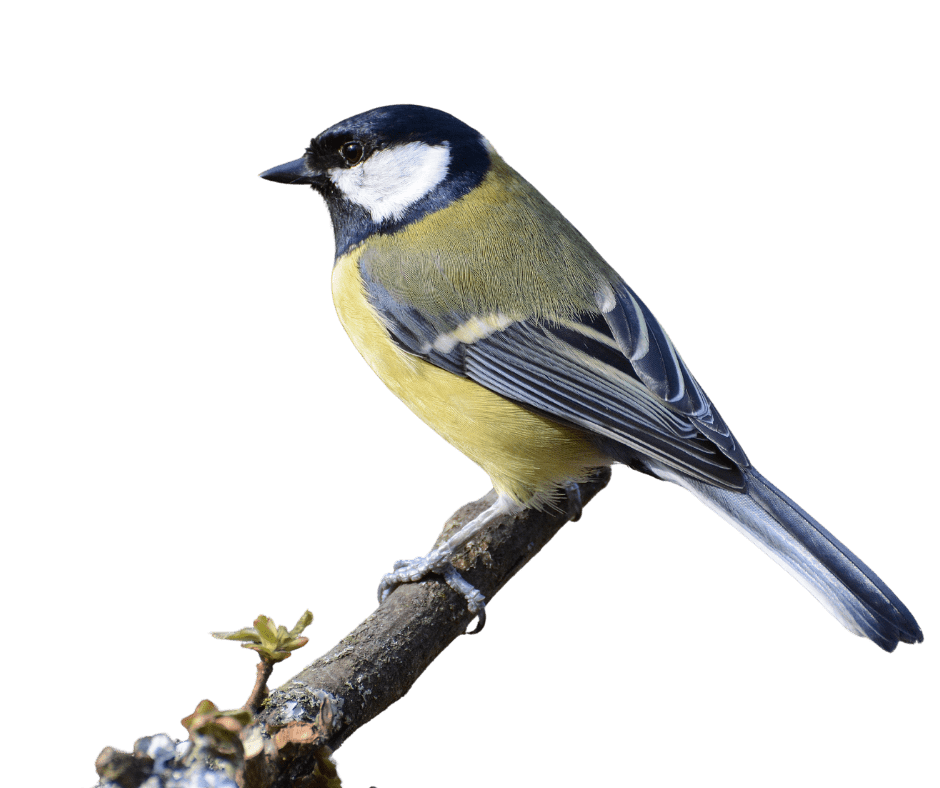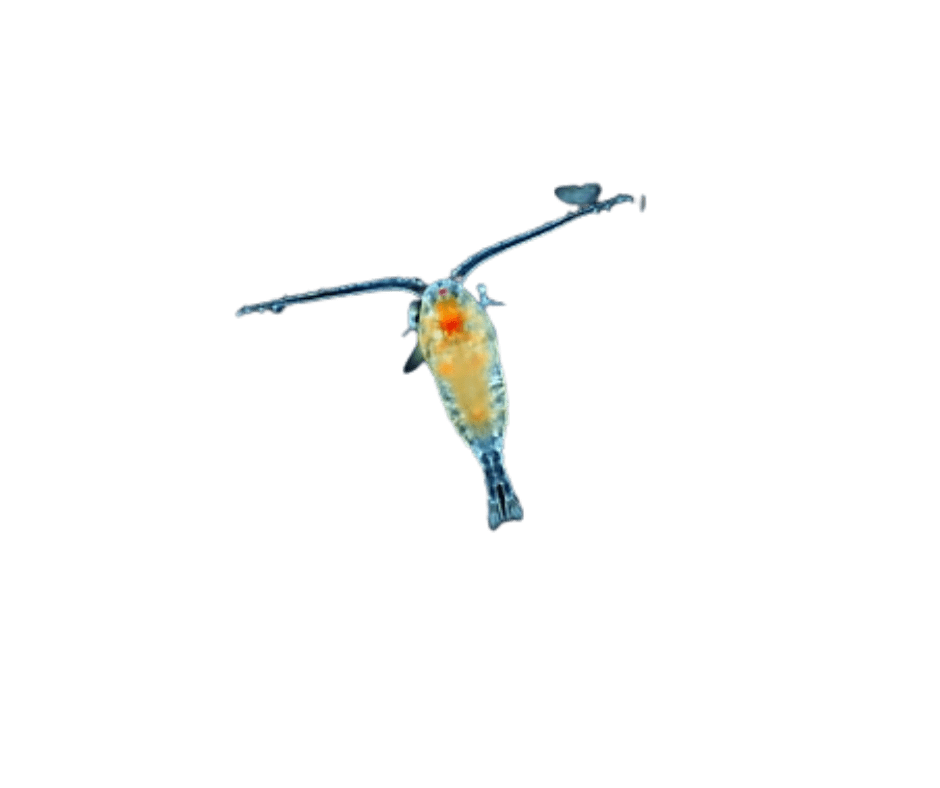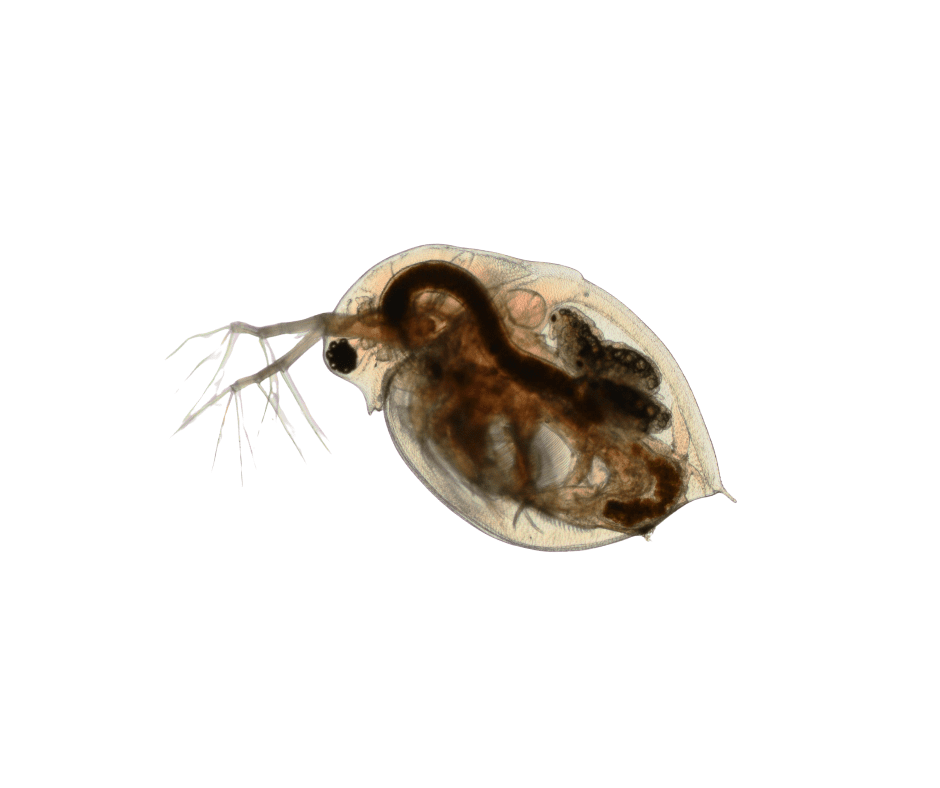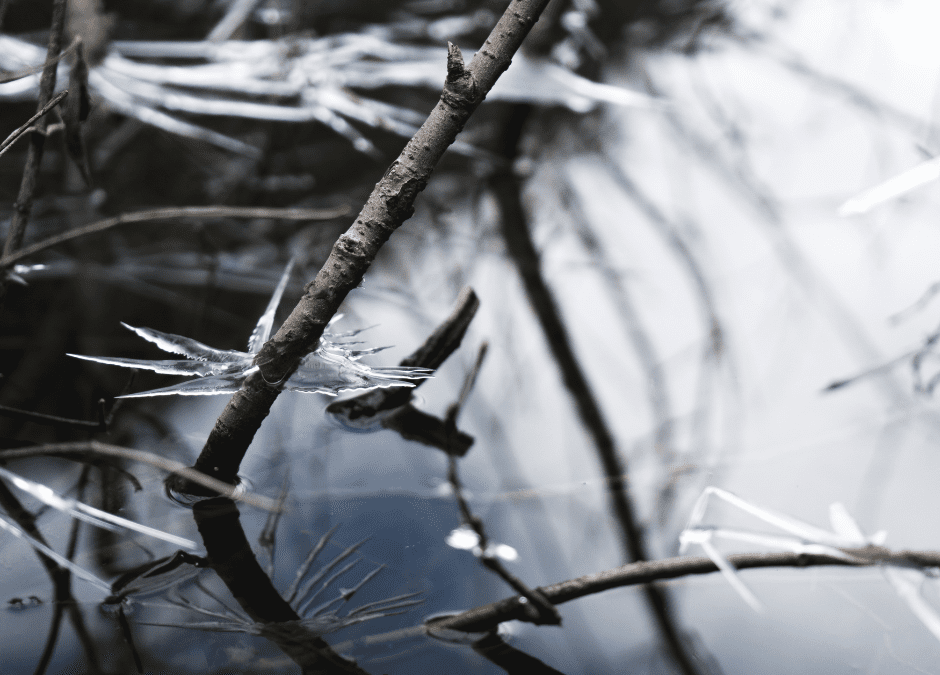Most people think that there just isn’t much going on in a lake during the winter months, but recent studies have shown there is actually more activity than you might think.
Lake ecology has historically been poorly studied during the winter months. According to science.org, “academic researchers typically sample in the spring and summer, when the water is safer and more accessible, and classes aren’t in session. As a result, scientists know relatively little about how lake organisms graze, compete, and hunt during winter, or how nutrient cycles vary by season.”
One area of research getting attention is how rising temperatures are bringing forward the start of spring (season creep) and the subsequent potential for phenological asynchrony, which means animals and plant species are out of sync with others on which they rely. And just knowing what phenological asynchrony means makes me feel smarter. Try using that phrase in a conversation and you will be sure to impress!

The Mismatch
This season creep can create a mismatch between the time that food is available and the time when consumers are on hand to eat it. One example of this mismatch is the oak-caterpillar-great tit food web in Holland. Warmer temperatures led to earlier emergence of oak leaves, earlier birth of caterpillars, and earlier consumption of oak leaves by the caterpillars. But great tits, the birds that typically eat the caterpillars and manage their population, did not alter their usual time of nesting and reproduction. As a result, the great tits missed the opportunity to feast on caterpillars, and their population declined while the number of caterpillars increased.
The Winter Grab

As part of the Winter Grab campaign to collect cold-season data from the Great Lakes, limnologist Kirill Shchapov of the University of Minnesota, Duluth, drills a hole in the ice covering Lake Michigan near Green Bay, Wisconsin. Researchers later used the opening to collect samples of water and lake life.
“The Great Lakes and large lakes in general have an especially acute sort of winter knowledge gap,” says UM limnologist Ted Ozersky, who led the Winter Grab, a Canadian research effort aimed at better understanding how the five Great Lakes function in the dead of winter, and how climate change is reshuffling their ecosystems.
Trying to understand lakes using just warm weather studies, Shchapov adds, is like reading just half a book: “How does the story develop?”
As part of the study, scientists collected jugs of water in attempt to catalog the microorganisms that are active under the ice and examine how they might affect nutrient cycles. The samples were sent to biogeochemist Maureen Coleman’s lab at the University of Chicago, which uses DNA sequencing and other methods to identify microbes and other organisms. The data will complement a similar, 5-year-long data record that Coleman’s lab has already compiled from samples taken in the warmer months.
“Maybe there’s some new species that are specialists that come up in the winter—we really just have no idea,” Coleman says. She calls the Winter Grab “unprecedented” and “exciting, because we’re getting a snapshot across this wide geographic area all in the same week.”
The Unexplored Season
Winter is the most unexplored season in ecology and has often been portrayed as a dormant period for aquatic organisms, especially if the ecosystem is ice-covered. However, it is increasingly understood that critical ecological processes do not only take place under the ice but also determine the following summer season.
Several studies have reported winter-active zooplankton in lakes with evidence from both copepods and cladocerans growing and reproducing under the ice.

Corepods
A group of small crustaceans found in nearly every freshwater and saltwater habitat.

Cladocerans
Commonly known as water fleas, is a superorder of small, mostly freshwater crustaceans, most of which feed on microscopic chunks of organic matter.
Climate Change is Threatening Cold-Season Ecosystems
A key finding in the Indiana Climate Change Impacts Assessment:
“As air temperatures warm 5°F to 6°F by mid-century, water temperatures in Indiana’s streams, rivers and lakes will increase, the duration and extent of ice cover will decline, and lake stratification during the warm season will last longer. Shifting thermal characteristics in Indiana’s water bodies will have rippling effects on aquatic organisms, including their growth, survival, and reproduction patterns.”
A study published in Nature Geoscience found that for every 1°C increase in global air temperature, lakes lose almost 10 days of ice cover. And an analysis published in Geophysical Research Letters in 2015 showed that, of 235 lakes around the world, the Great Lakes are among those warming the fastest. Lake Superior is now ice-free for about 2 months longer each winter than it was in the late 1850s. And some scientists predict the Great Lakes will be ice-free by the end of the century.
Lake Maxinkuckee had very few days covered by ice in 2023. What will 2024 bring?
We Don’t Know…Yet
To answer the question, what goes on in the lake in the winter? More than we thought but we don’t really know yet….and it is changing due to less ice cover.
The important thing is to not stop questioning.
Curiosity has its own reason for existing.
Albert Einstein

Hi, I’m Debbie Palmer. I received a BS in Horticulture from Purdue University. Here at LMEF, I am responsible for outreach presentations, monitoring the lake and it’s wetlands, project manager for restoration and research projects, and act as a community resource for all things related to the well-being of Lake Maxinkuckee and its surrounding watershed. I completed Indiana Watershed Leadership Academy, volunteer with the Indiana Clean Lakes Program, Hoosier River Watch and Marshall County Lakes and Waters and serve as a Board Member for Indiana Lakes Management Society.


Recent Comments